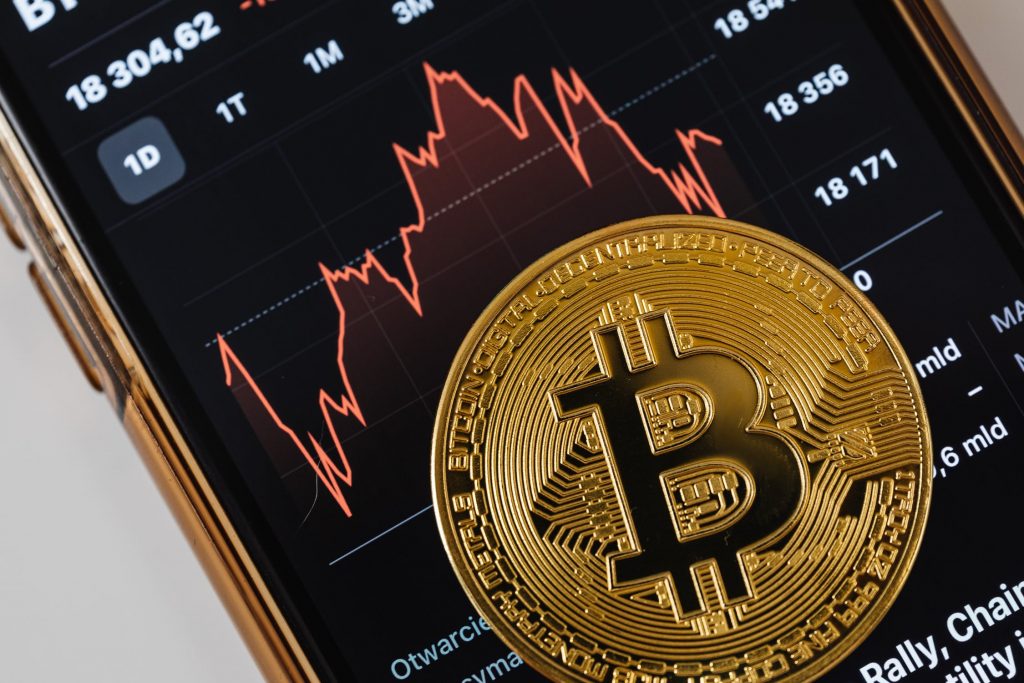Mining difficulty is a term that frequently appears in bitcoin mining literature. So, if you plan to start a crypto business, Earnity’s industry experts, Domenic Carosa and Dan Schatt, believe you must also understand the mining difficulty.
Mining difficulty refers to the computing power required when solving the math puzzle and generating a new bitcoin. Additionally, it influences the rate of bitcoin generation.
Does it get more complex?
Mining difficulty resets every 2,016 blocks or roughly every two weeks. Additionally, miners’ efficiency in the previous cycle and the number of new miners joining Bitcoin’s network determine the next difficulty level. These two factors increase the hash rate or computing power deployed to mine the cryptocurrency.
Unfortunately, as the price of bitcoin rose in 2013 and 2014, more miners joined the network, so the average time to discover a block of transactions fell from 10 minutes to nine minutes. However, Domenic Carosa and Dan Schatt from Earnity believe the inverse can also be true. The more miners compete for a solution, the more complex the problem becomes. Subsequently, when there is no longer computational power from the network, the difficulty decreases, making mining easier.
The mining difficulty level in August 2020 was more than 16 trillion. So, the probability of a computer producing a hash that is less than the target is 1 in 16 trillion. To put that in context, you are approximately 44,500 times more likely to win the Powerball jackpot with a single ticket than you are to guess the hash on the first try correctly.
Solving the mathematical puzzles required for valid block creation requires massive computational power. Because the difficulty is constantly increasing, miners join Bitcoin mining pools to solve the mathematical puzzles. The first individual miner or mining pool who finds the correct hash receives the block reward.
What happens to the difficulty after miners mine the last bitcoin?
Miners still need to contribute to the Bitcoin network after mining all 21 million bitcoins to keep it running. So there would be a generation of new blocks, but there are changes in the rewards. Instead of receiving new coins as a block reward, miners will receive a portion of the transaction fees paid by users.


